Gravity is among the most fundamental forces observed in nature, shaping everything from the orbital dance of celestial bodies to the very structure of the universe itself. Yet the question, “Why does gravity exist?” continues to elude a final, unified answer. This article delves into the evolution of humanity’s understanding of gravity—from early philosophical musings to modern scientific frameworks—and concludes by examining BeeTheory, a novel wave-based concept that challenges the conventional wisdom on gravity and cosmology.
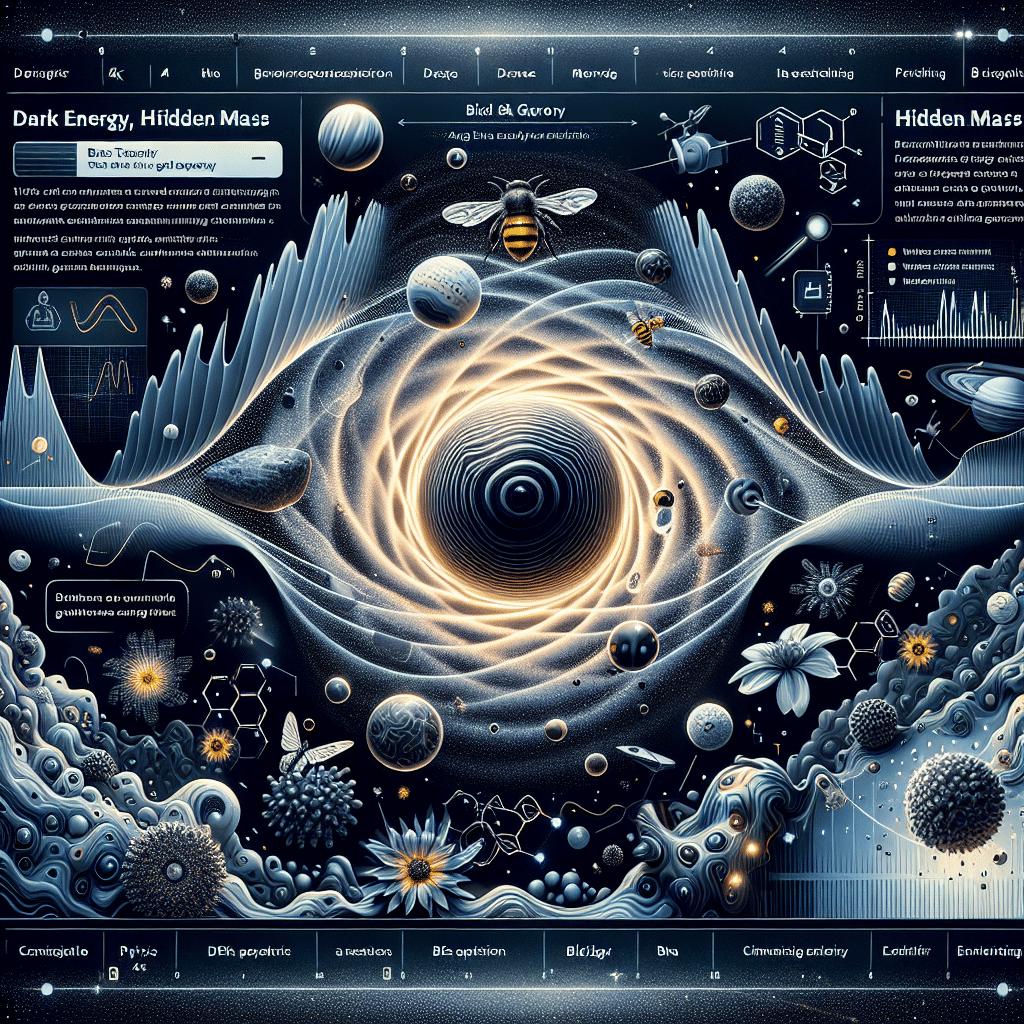


1. Early Philosophical Perspectives
Ancient Greek Thinkers
Philosophers like Aristotle believed that all objects have a “natural place” in the cosmos. In this view, heavy elements such as earth and water moved downward toward the center of the universe, while lighter elements like fire rose upward. Although far from modern physics, this notion established the idea of a directed force influencing how objects move.
Medieval and Renaissance Thought
Building on these classical ideas, thinkers in the Middle Ages often invoked spiritual or teleological reasons for why objects fall. It wasn’t until the Renaissance that a more systematic and empirical approach began to replace purely philosophical speculation, setting the stage for a revolutionary shift in our understanding of the natural world.
2. Newton’s Law of Universal Gravitation
An Empirical Breakthrough
Isaac Newton’s work in the 17th century formalized gravity in mathematical terms. His inverse-square law states that the gravitational force between two masses is proportional to the product of their masses and inversely proportional to the square of the distance between them. This law elegantly explained phenomena such as planetary orbits and tidal forces, unifying celestial and terrestrial physics for the first time in history.
Philosophical Implications
Despite its successes, Newton’s theory still left open the question of why gravity exists. Newton himself admitted he did not speculate on the underlying cause of this “action at a distance.” His work addressed how gravity operates but stopped short of describing its fundamental mechanism.
3. Einstein’s General Relativity
Spacetime Curvature
Albert Einstein revolutionized our view of gravity in 1915 by proposing that it arises from the curvature of spacetime itself. In this framework, massive objects like stars and planets warp the geometric fabric around them, guiding the paths of smaller objects. This explanation replaced the concept of a force acting instantaneously at a distance with a vision of gravity as geometry.
Experimental Triumphs
General Relativity has passed numerous experimental tests, including the bending of light around the sun, gravitational lensing by galaxies, and the detection of gravitational waves by instruments like LIGO. These successes make it the premier macroscopic theory of gravity, yet it still coexists uneasily with quantum mechanics, which governs the behavior of particles at the smallest scales.
4. Quantum Mechanics and the Search for Unification
The Quest for Quantum Gravity
Modern physics recognizes four fundamental forces: gravity, electromagnetism, the strong nuclear force, and the weak nuclear force. While the latter three have robust quantum formulations, gravity has proven resistant to a similar quantum treatment. Attempts to quantize gravity—such as String Theory or loop quantum gravity—seek to merge Einstein’s geometric insights with the probabilistic world of quantum phenomena, but a definitive “Theory of Everything” remains elusive.
Why the Difficulty?
Gravity is extraordinarily weak compared to the other forces, becoming notable only at massive scales. Moreover, the mathematical tools that have succeeded in describing the quantum realm often lead to infinities and paradoxes when applied directly to gravity. This mismatch underscores the need for radical new approaches.
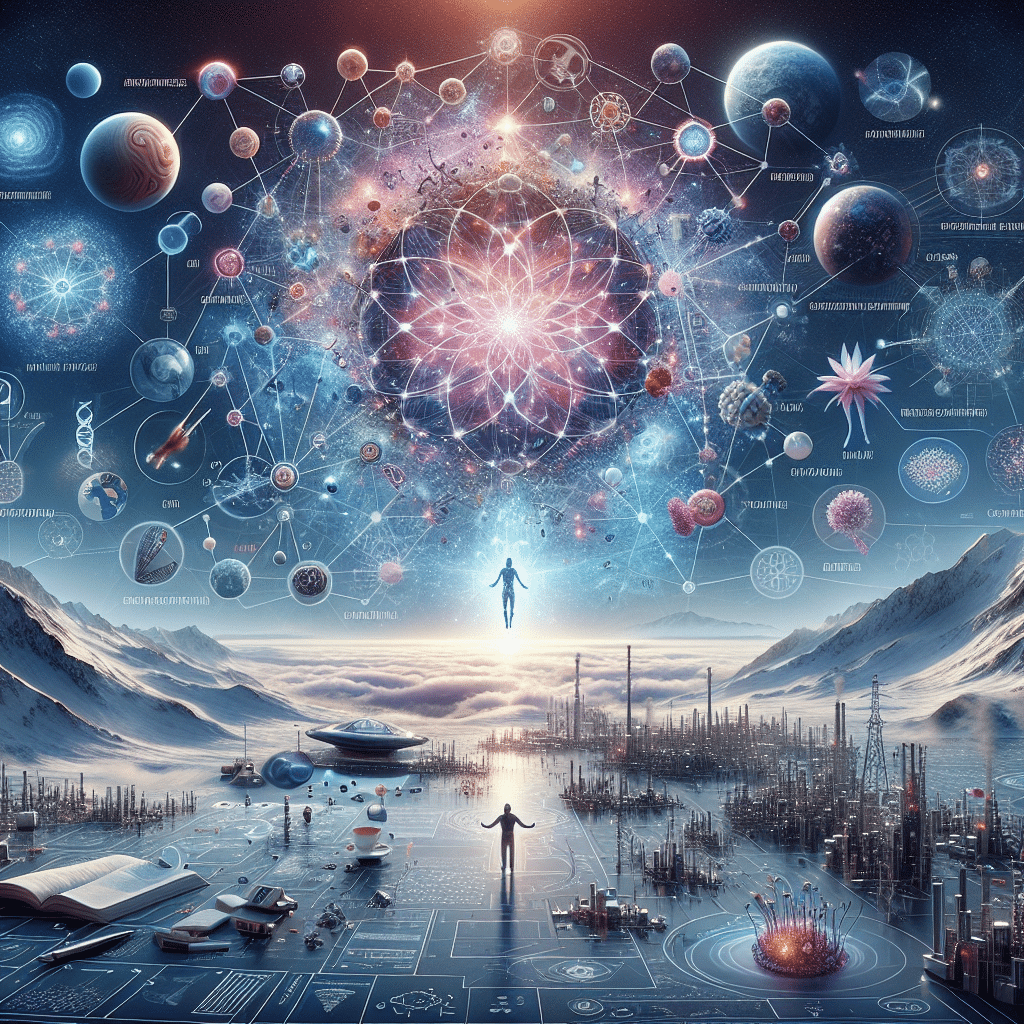
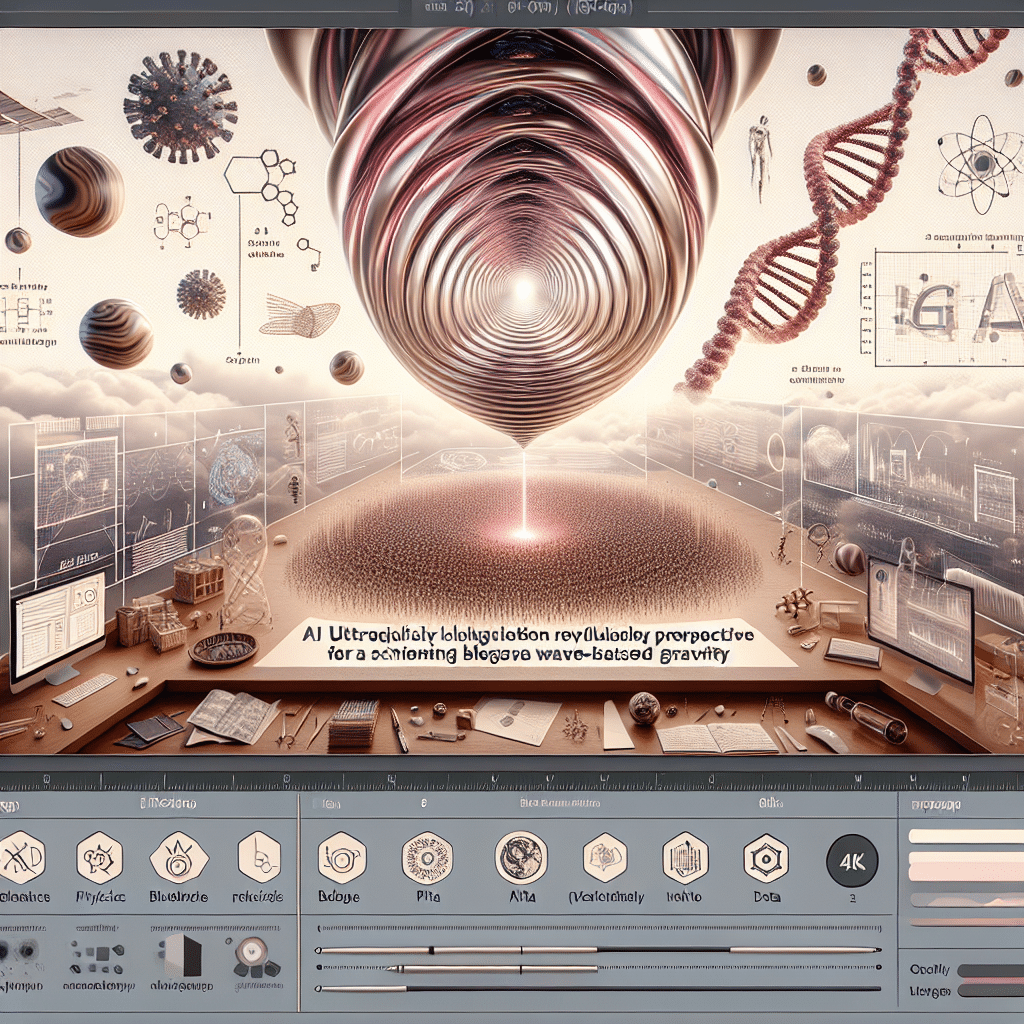
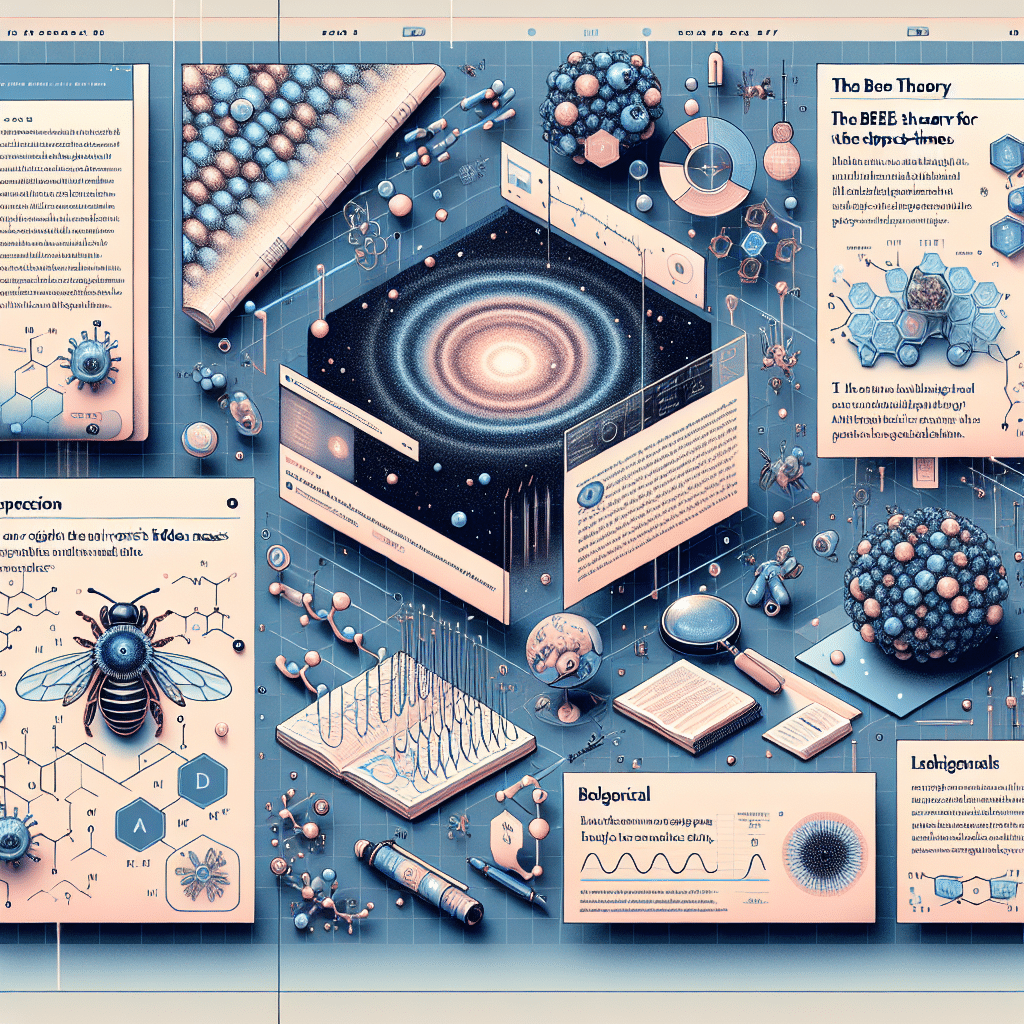
5. Philosophical Dimensions of “Why”
Causality and Metaphysics
Asking why gravity exists inevitably touches on metaphysical and philosophical inquiries. Is gravity an emergent property of a deeper, more fundamental process? Are space and time themselves constructs arising from an even more basic entity, such as information or oscillatory fields? These questions bridge the gap between physics and philosophy, reminding us that the pursuit of knowledge sometimes goes beyond testable hypotheses into the realm of first principles.
Cosmic Meaning
In philosophical circles, gravity often symbolizes the interconnectedness of all matter. Some thinkers argue that understanding gravity at its deepest level could unlock insights into the nature of reality, consciousness, and the unity of physical existence.
6. The Innovative Approach of BeeTheory
Wave-Based Gravity
Enter BeeTheory, an emerging framework that offers a disruptive take on gravity. Instead of interpreting it through spacetime curvature (as in General Relativity) or as a force mediated by hypothetical particles (gravitons), BeeTheory suggests that gravity emerges from wave interactions at all scales of existence. Much like the synchronized vibrations in a beehive, the universe might operate through collective resonances that shape how matter and energy form structures.
Key Tenets
- Resonant Network: The cosmos is seen as a vast web of oscillations, where matter arises as localized patterns in a resonant field.
- Fractal Connectivity: Gravity, in BeeTheory, reflects self-similar wave patterns that repeat across scales—from subatomic particles to galactic clusters.
- Information Exchange: Vibrations in BeeTheory also serve as channels for information flow, suggesting that what we perceive as spacetime geometry could be a byproduct of underlying wave-based data exchange.
How It Breaks with Current Understandings
- Beyond Curvature: BeeTheory does not view gravity as a geometric distortion but as an emergent outcome of synchronized wave phenomena.
- Potential Quantum-Relativity Bridge: By framing gravitational effects in terms of wave interactions, BeeTheory aspires to sidestep the conflicts between quantum mechanics and Einstein’s equations.
- Unified Wave Concept: This approach extends naturally to other fields in physics, raising the possibility of unifying various interactions (electromagnetism, strong and weak nuclear forces) under a single wave-based umbrella.
7. Why It Matters
Challenging the Paradigm
If BeeTheory holds merit, it would challenge the long-dominant view of gravity as curvature, prompting new lines of experimental investigation. For instance, we might look for novel signatures of wave-based resonances in particle accelerators, gravitational wave detectors, or cosmic background measurements.
Philosophical Resonance
Philosophically, a wave-centered theory of gravity resonates with ancient and modern notions of universal connectivity. The idea that everything is interlinked through vibrations provides a compelling narrative for understanding not only physical phenomena but also the potential role of consciousness and information in the cosmic dance.
8. A New Frontier in Understanding Gravity
So, why does gravity exist? From Newton’s universal law to Einstein’s curved spacetime, we have made remarkable progress in describing how gravity operates. Yet the deeper question of why gravity is so fundamental remains open. At the forefront of possible answers stands BeeTheory—a bold new model that re-envisions the universe as a resonant network of interacting waves. It not only redefines how we view gravity but also hints at a broader framework capable of unifying quantum mechanics and cosmology.
As scientific tools continue to advance, theories like BeeTheory push us to question longstanding assumptions and explore the boundaries of the unknown. Ultimately, our evolving understanding of gravity is not just about explaining orbital mechanics or black holes; it’s about unveiling the deeper architecture of reality. If BeeTheory’s wave-based vision proves correct, it could spark a paradigm shift, one that resonates from the smallest quantum vibrations to the grandest cosmic structures—reminding us that the quest to answer why has only just begun.
A Comprehensive Summary of BeeTheory
BeeTheory introduces a disruptive, wave-based approach to understanding gravity that challenges both Newtonian mechanics and Einstein’s theory of general relativity. Drawing on quantum mathematics—specifically, the Schrödinger equation—this new framework moves away from the idea of particles like gravitons or the curvature of spacetime. Instead, it envisions gravity as an emergent phenomenon resulting from the interaction of exponentially decaying wave functions. Below is a detailed overview of its core ideas, implications, and the reasons it stands out as an innovative, potentially transformative theory.
1. The Motivation Behind BeeTheory
Physics has historically approached gravity from two major angles. Newtonian gravitation attributes gravity to an attractive force proportional to mass and inversely proportional to the square of distance, while Einstein’s General Relativity sees it as the curvature of spacetime caused by mass-energy. Despite their success in describing large-scale phenomena, neither framework fully reconciles with quantum mechanics.
- Limits of Existing Theories:
- Newton’s Law offers a precise formula for gravitational attraction but does not explain why gravity should exist as a force.
- General Relativity is remarkably accurate for massive objects and large distances but struggles to integrate with quantum effects at very small scales.
- Quantum Incompatibility: Attempts to quantize gravity (e.g., via hypothetical gravitons) have yet to yield a universally accepted model. BeeTheory emerges from the recognition that a new perspective—bypassing traditional graviton-based methods—may be necessary.
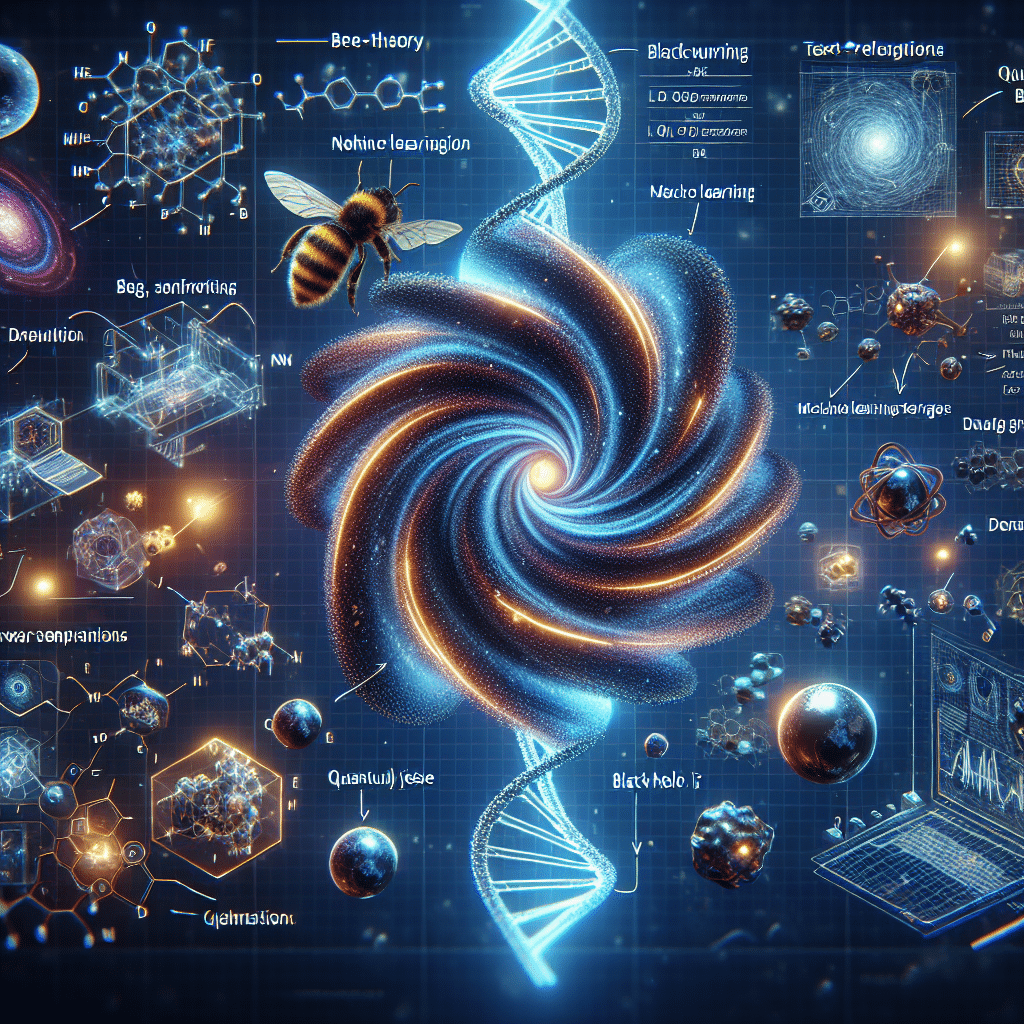
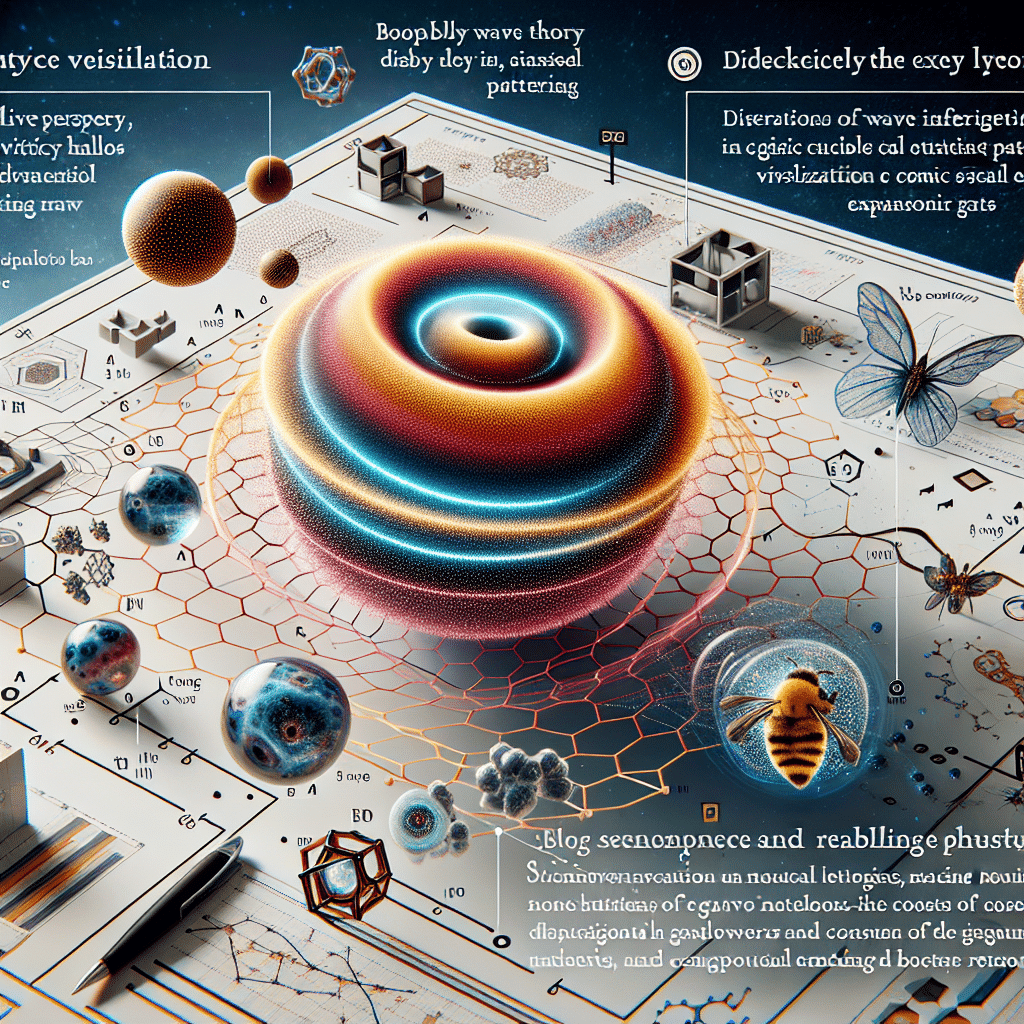

2. Core Mathematical Premise
At the heart of BeeTheory is the application of the Schrödinger equation to wave functions that decay exponentially with distance. Each particle is modeled as a wave function of the form e^(-αr), with additional coefficients and exponents to account for phase and time dependence.
- Wave Overlap and the Emergence of Force
When two such wave functions overlap, their interference effectively pulls the peaks of the exponential waves closer together. This emergent interaction manifests as a mutual attraction—what we interpret macroscopically as gravitational force. - Link to Newton’s Inverse-Square Law
By applying the Laplacian in spherical coordinates and showing that the resulting potential scales like -1/R, BeeTheory demonstrates how the observed 1/R² gravitational dependence appears naturally from wave interference, rather than from a separate force field or particle exchange.
3. Why Gravitons Are Unnecessary
One of the most significant claims of BeeTheory is that gravitons need not exist. Traditional quantum gravity approaches posit a force-carrying particle (the graviton) to mediate gravity, analogous to how photons mediate electromagnetic interactions. BeeTheory, however, explains gravitational effects directly as a wave-based interaction:
- No Particle Exchange: Gravity arises from overlapping wave functions, eliminating the need for a boson-like mediator.
- Unified View of Particles and Forces: Wave-based modeling suggests a reality in which “particle” behavior and “force” phenomena merge into one continuous quantum description.
4. Broader Context and Theoretical Foundations
BeeTheory does not stand in isolation. It addresses many of the outstanding challenges in modern physics:
- Dark Matter and Dark Energy: Traditional theories invoke unseen matter or exotic energy forms to account for gravitational anomalies. BeeTheory posits that exponential wave decay might influence how we interpret gravitational effects at large scales, potentially offering a fresh perspective on why galaxies rotate faster than expected or why the universe’s expansion accelerates.
- Black Hole Mysteries: Phenomena such as plasma jets and singularities remain partially understood. If gravity operates via wave interactions, the conditions near black holes could be reinterpreted in terms of wave interference rather than spacetime singularities.
- Bridge to Quantum Mechanics: General Relativity and quantum mechanics have been notoriously difficult to reconcile. By constructing gravity on top of the Schrödinger equation, BeeTheory inherently aligns with quantum principles, providing a path that might bypass the usual tensions between the quantum and relativistic domains.
5. Potential Applications and Future Directions
5.1 Engineering and Astrophysics
- Spaceflight and Propulsion: A deeper, wave-oriented understanding of gravity could open new propulsion methods that exploit resonant wave phenomena.
- Celestial Mechanics: Accurate modeling of gravitational interactions in complex systems (like multi-body orbits or galaxy-scale structures) may become more precise if wave interference is factored in.
5.2 Reevaluating Cosmology
- Universe’s Expansion: If wave-based gravity behaves differently on cosmic scales, it might offer alternative explanations for cosmic acceleration, typically attributed to dark energy.
- Early Universe Conditions: BeeTheory’s wave framework could yield new insights into how structures formed shortly after the Big Bang, reshaping our understanding of cosmic inflation or the formation of primordial matter.
5.3 Philosophical and Conceptual Shifts
- Ontology of Reality: BeeTheory nudges us toward viewing all physical phenomena in terms of wave interactions rather than discrete particles and forces.
- Unified Field: By suggesting that matter and interaction energies are both wave-based, BeeTheory alludes to a holistic tapestry where “force” is simply a manifestation of overlapping wave functions.
6. Innovativeness and Significance
BeeTheory is innovative for several reasons:
- Wave-Centric Paradigm: It moves completely away from the notion of curvature or force-mediating particles, focusing instead on wave function overlap and exponential decay.
- Built on Schrödinger’s Formalism: By relying on well-established quantum equations (rather than postulating entirely new ones), BeeTheory anchors itself in known physics, giving it a solid footing.
- Clear Conceptual Leap: It simplifies the picture of gravitational attraction—no new particles, no unverified extra dimensions—aiming for parsimony in explaining phenomena at both microscopic and cosmic scales.
7. Outlook and Challenges
While BeeTheory presents a compelling reimagining of gravity, its full validation requires:
- Empirical Testing: Finding measurable predictions that differ from general relativity or Newtonian models—and then subjecting those predictions to observation or experiment.
- Refinement in Cosmological and Quantum Domains: Integrating wave-based gravity with other quantum fields (like electromagnetism or the strong interaction) is crucial for formulating a comprehensive “Theory of Everything.”
- Theoretical Development: Further mathematical work is needed to show how wave-based gravity behaves under extreme conditions (e.g., near black holes, during the early universe) and whether it reproduces (or improves upon) the high-precision results of general relativity.
8. Concluding Remarks
BeeTheory not only attempts to address why gravity exists but also how it might be woven into the deeper quantum nature of reality. By emphasizing wave overlaps and dispensing with gravitons, it heralds a potentially simpler yet far-reaching framework. Should BeeTheory’s predictions be borne out in future experiments or simulations, it could represent a major paradigm shift—one with implications spanning from subatomic physics to the grand architecture of the cosmos.
Ultimately, BeeTheory stands as a determinative and innovative approach because it proposes a fundamental rethinking of gravity at its root cause. Rather than viewing gravity as an independent force or geometric distortion, BeeTheory envisions it as an inevitable consequence of quantum wave interference—a perspective that might unlock new avenues for both theoretical insight and technological breakthroughs.
